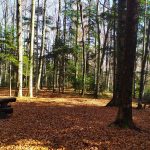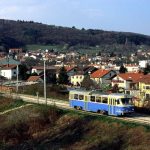
It’s fall, and with the season’s changing we thought we’d bring you some off-season activities that are sure to keep you active and out in the colder months. While it’s hard to say what truly are the five best hikes in Croatia, TCN thought we would narrow the options down as best as we could. Remember, this season is ideal for hiking in Croatia and there are several places in addition to the ones mentioned to venture to – don’t miss out!
With that said, here are TCN’s picks for top 5 hikes in Croatia.
Biokovo Nature Park: Biokovo is the second highest mountain range in Croatia, located along the Dalmatian coast of Croatia, tucked between the Cetina and Neretva rivers. The highest peak on Biokovo is at Sveti Jure where it reaches 1,762 meters high. With typical karst landscape, Biokovo is also a protected nature park with over 1,500 plant and animal species. The park offers many lookout points such as Staza which is 897 meters high, or Vošac which is just below the height of Sv. Jure at 1,422 meters high – with a stunning sea view to boot. In addition to lookout points, the park offers educational trails as well as organized hiking trails where you can choose a guided path fit to your abilities. Some trails are simple and take a few hours, while others are for the more hiking inclined which include overnights and a few days of hiking. Another perk to Biokovo is the Botanical Garden Kotišina, located just outside of the town Makarska. The garden also offers several hiking trails.
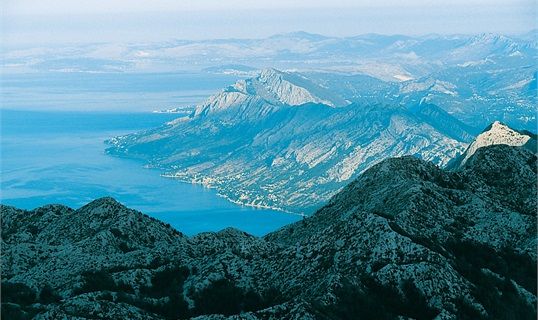
Image by croatia.hr
Paklenica National Park: Paklenica is a karst river canyon and national park in Croatia, located in Starigrad in northern Dalmatia – the southern slopes of Paklenica are not far from Zadar. Paklenica has two canyons: Mala and Velika. Near the entrance to Velika is where Josip Broz Tito built his “cave complex” during tensions between Yugoslavia and the USSR in the early 1950’s. The one true way to experience Paklenica is to hike it as the park area contains 150-200 kilometers of hiking trails and paths. The most popular trails at Paklenica last anywhere between 1.5-7 hours, with all ranges of difficulty available for your choosing. On your hike, you will see karstic rocks, panoramic views, black pine and beech forest communities, and plenty of plants and wildlife. The park even offers mountain huts and shelters for those who wish to overnight while hiking.
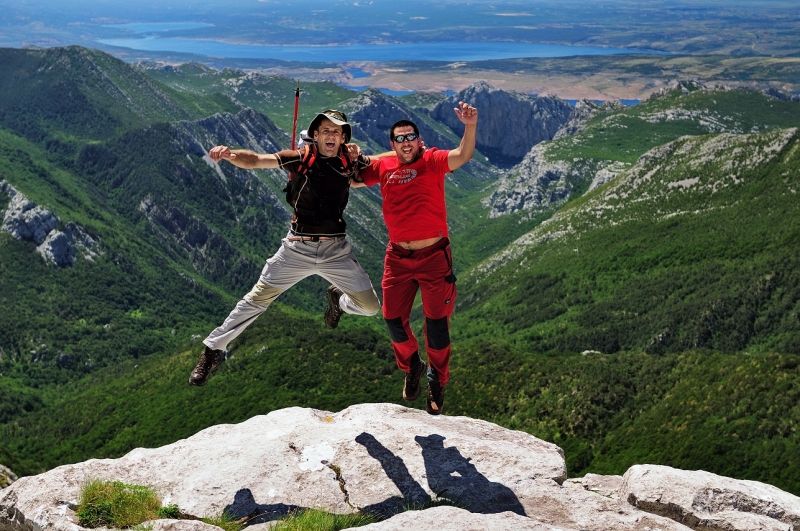
Image by Zadar Tourist Board
Klek Mountain: Klek mountain is located in north-western Croatia, in Karlovac County – the easternmost mountain of the Velika Kapela range of the Dinaric Mountains. Klek’s main summit reaches 1,181 meters and is situated 20 minutes by foot from the “Klek” mountain hut. The mountain is covered with woods up to its ridge, while the central part of the ridge and atop Klek’s rocks are some small plateau-like meadows. The mountain is one of the best-known Croatian botanist reserves and home to a number of protected species of mountain flora. Due to its accessibility, this mountain is often visited, with walks taking anywhere from 1-4 hours to get to the summits from the foot of the mountain. While Klek is fine to climb throughout the entire year, it is best during late spring and early summer. Fun fact? 17th century legend has it that Klek was the meeting place for witches and fairies.
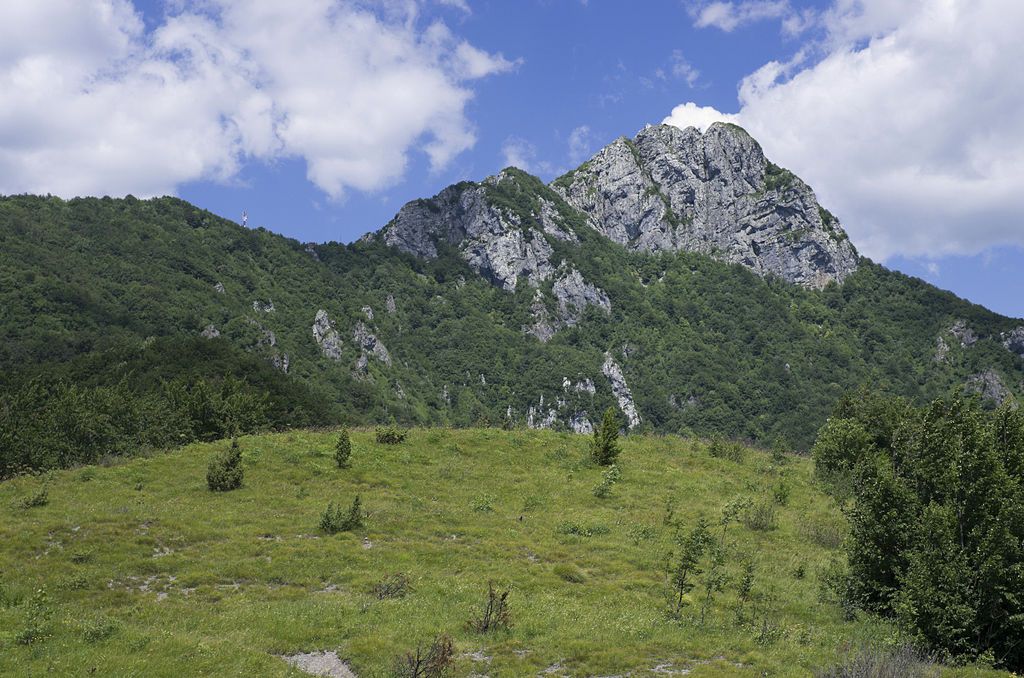
Image by Vedran V / wikipedia.org
Sljeme on Medvednica: On the north border of Zagreb you will see the Medvednica mountain. The highest peak of Medvednica is Sljeme, reaching 1,035 meters high. Hiking trails can be easily accessed by a tram, and the top of the mountain can be accessed by public bus. Sljeme has numerous mountain lodges with local cuisine, and easy hiking trails for everyone. Hikes here usually don’t take more than a couple of hours, and while hiking you will see native trees, ponds, ferns, and plenty of woods. Be careful to do this hike in the winter as the mountain does get snow (and gets icy!).
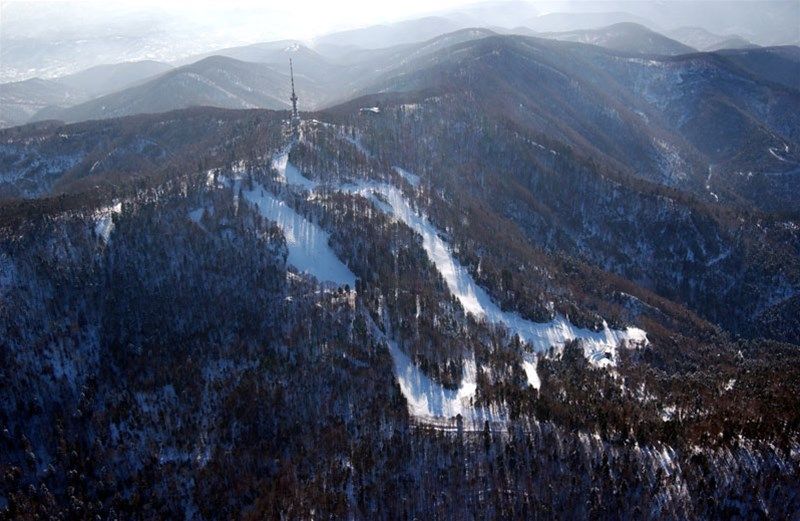
Image by zagreb.hr
Cres Island: Cres is a northern Croatian island situated in the Kvarner Gulf, easily reachable by ferry from Rijeka, the island Krk, the Istrian peninsula, or from the neighboring island of Lošinj. The island boasts over 300 kilometers of organized hiking trails, taking you to most parts of Cres including hamlets, peaks, caves, and beaches. The island of Cres also has approximately 1400 different plant species, and you’ll oftentimes see donkeys or sheep roaming about. Cres also has an exceptionally large number of endemic species. Many of the hiking trails range from about 1-3 hours, with all different types of difficulty offered. On these hikes you can see old churches, villages, olive plantations, Velebit mountain, and many crystal clear bays.
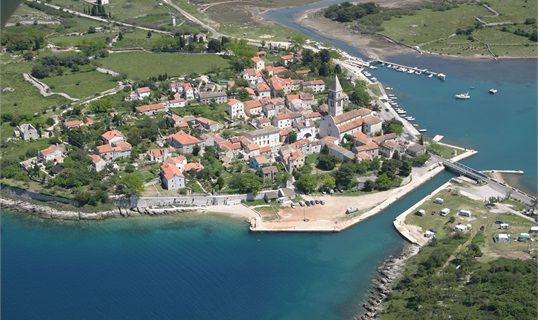
Image by croatia.hr



